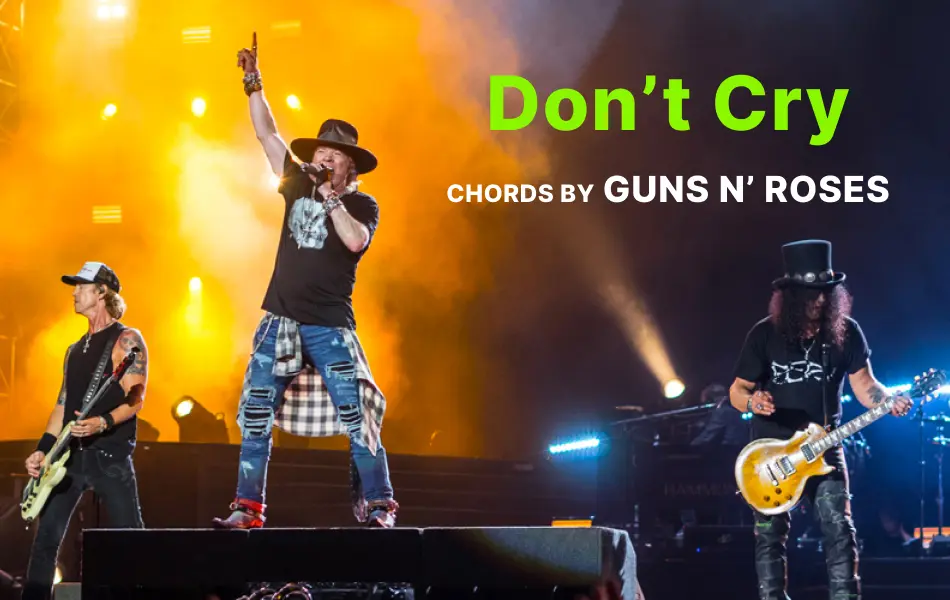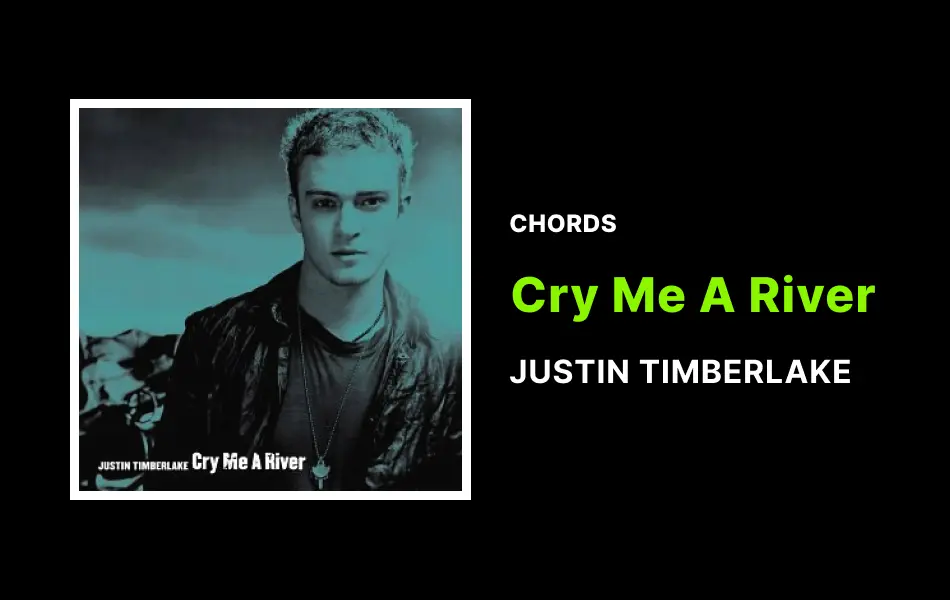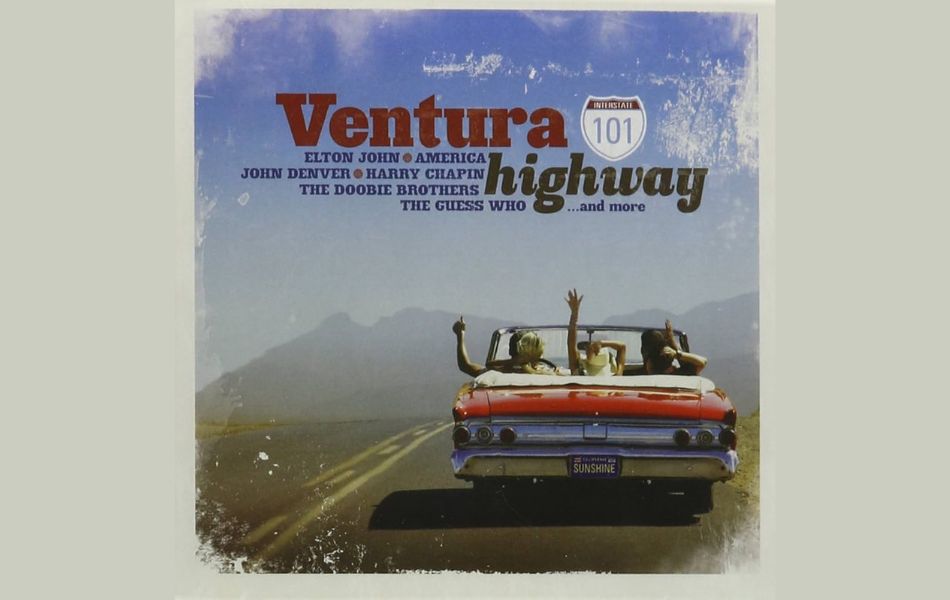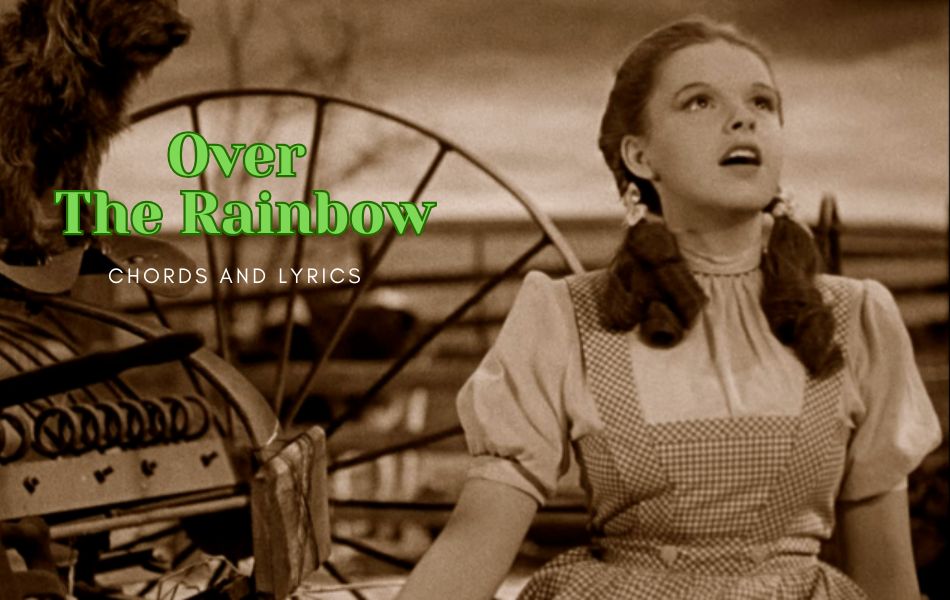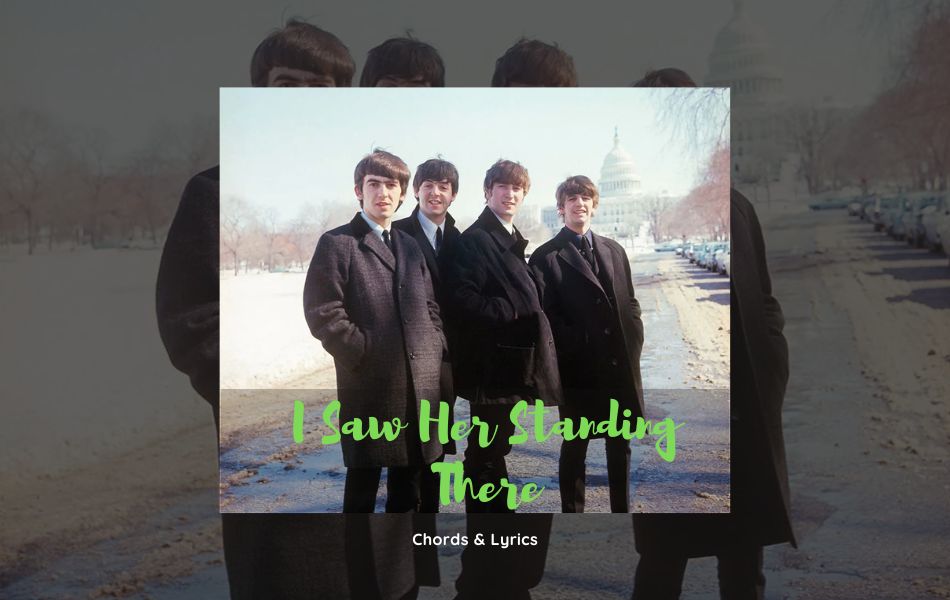Understand 6-string Bass Chords
Track Info
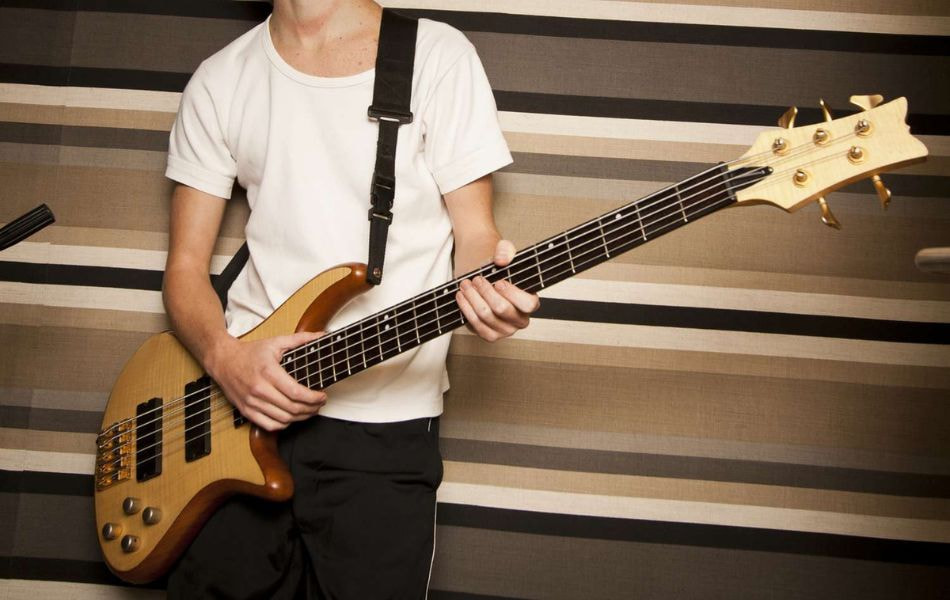
Song:
Artist:
Writers:
Producers:
Album: Updating
Chords Info
Tuning
CapoNo Capo
Chords Used
Exploring the intricacies of 6-string bass chords opens up a world of musical possibilities. Delving into the nuances of chord construction and application on this extended-range instrument offers bassists a rich tapestry of tones to weave into their compositions. Let's embark on a journey to understand the essence of 6-string bass chords and how they shape the landscape of modern bass playing.
Feature of 6-string bass guitar
The most obvious feature of a 6-string bass guitar is its extended range compared to standard bass guitars. With an additional high C string and low B string, the 6-string bass expands the instrument's tonal capabilities both in the bass and treble ranges.
The increased number of strings enables bassists to play chords more easily, adding harmonic richness to their playing. This is particularly useful in situations where the bassist needs to provide both rhythmic and harmonic support in a band setting.
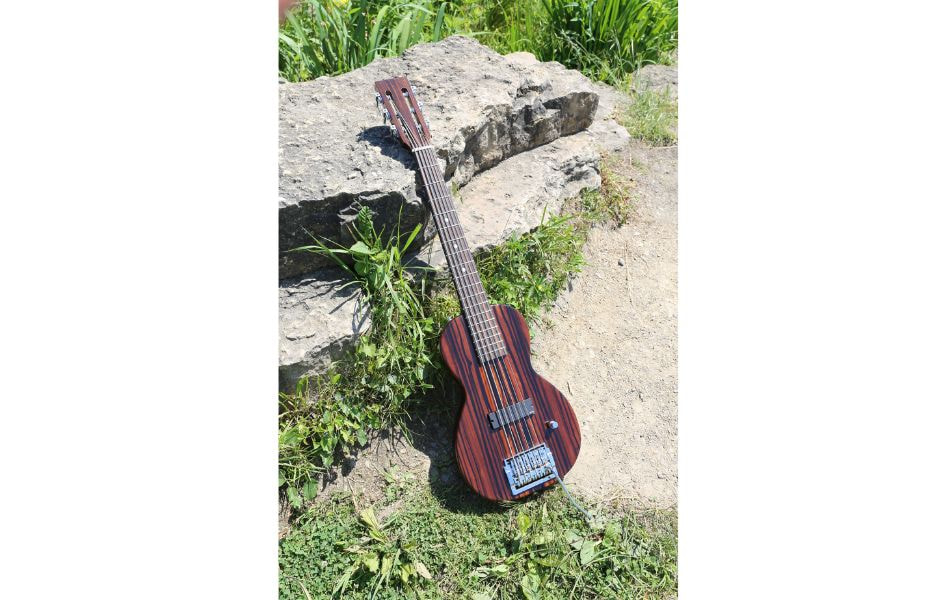
Some popular 6-string bass chord
While the 6-string bass guitar is primarily known for its role in providing bass lines and melodic fills, it can also be used to play chords, albeit less frequently than on a guitar. Here are some common types of 6-string bass chords:
Power Chords
Power chords are simple two-note chords consisting of the root note and the fifth. On a 6-string bass, you can add an octave to make them sound fuller. For example, a power chord in C would be played as C-G-C.
Major Chords
Major chords consist of the root (R), major third (3), and fifth (5). On a 6-string bass, you can play these three notes together to form a major chord shape.
Minor Chords
Minor chords consist of the root (R), minor third (b3), and fifth (5). Similarly, on a 6-string bass, you can play these three notes together to form a minor chord shape.
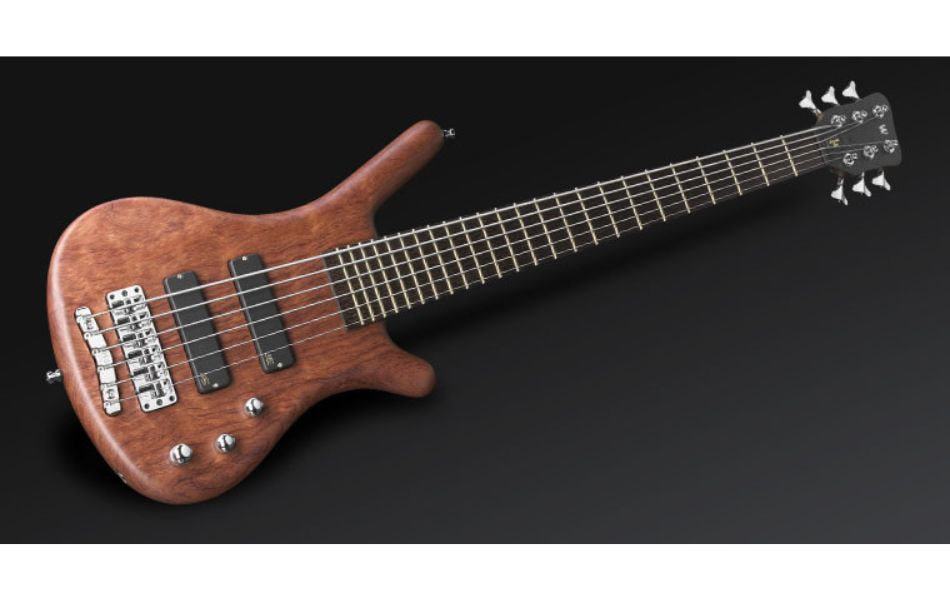
Dominant 7th Chords
Dominant 7th chords consist of the root (R), major third (3), fifth (5), and flatted seventh (b7). You can play these four notes together on a 6-string bass to form a dominant 7th chord shape.
Minor 7th Chords
Minor 7th chords consist of the root (R), minor third (b3), fifth (5), and flatted seventh (b7). These four notes played together form a minor 7th chord shape on a 6-string bass.
Major 7th Chords
Major 7th chords consist of the root (R), major third (3), fifth (5), and major seventh (7). Playing these four notes together forms a major 7th chord shape on a 6-string bass.
Extended Chords
You can also play extended chords such as 9th, 11th, and 13th chords on a 6-string bass by adding additional chord tones beyond the basic triads or seventh chords.
In the listed 6-string bass chords, basic chords often include major chords and minor chords. These are the most fundamental types of chords and are often the foundation for many pieces of music."

